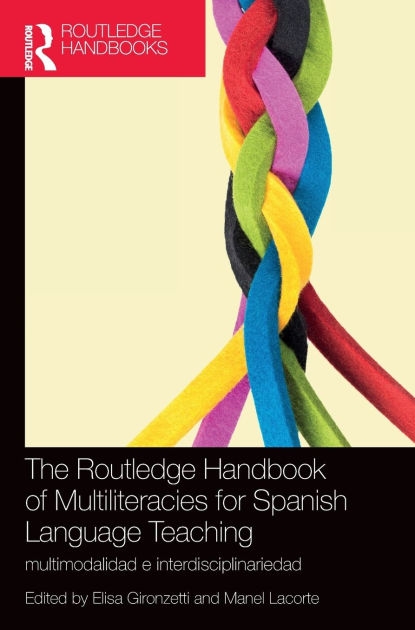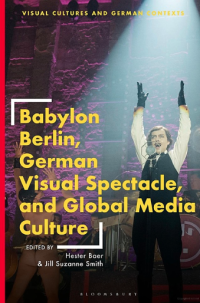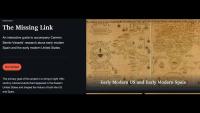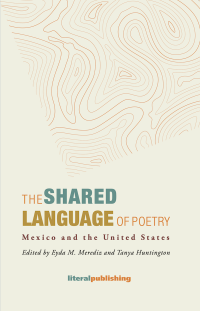The essays in this collection address the German television series Babylon Berlin and explore its unique contribution to contemporary visual culture.
Since its inception in 2017, the series, a neo-noir thriller set in Berlin in the final years of the Weimar Republic, has reached audiences throughout Europe, Asia, and the Americas and has been met with both critical and popular acclaim. As a visual work rife with historical and contemporary citations, Babylon Berlin offers its audience a panoramic view of politics, crime, culture, gender, and sexual relations in the German capital.
Focusing especially on the intermedial and transhistorical dimensions of the series, across four parts—Babylon Berlin, Global Media and Fan Culture; The Look and Sound of Babylon Berlin; Representing Weimar History; and Weimar Intertexts—the volume brings together an interdisciplinary and international group of scholars to critically examine various facets of the show, including its aesthetic form and citation style, its representation of the history and politics of the late Weimar Republic, and its exemplary status as a blockbuster production of neoliberal media culture.






